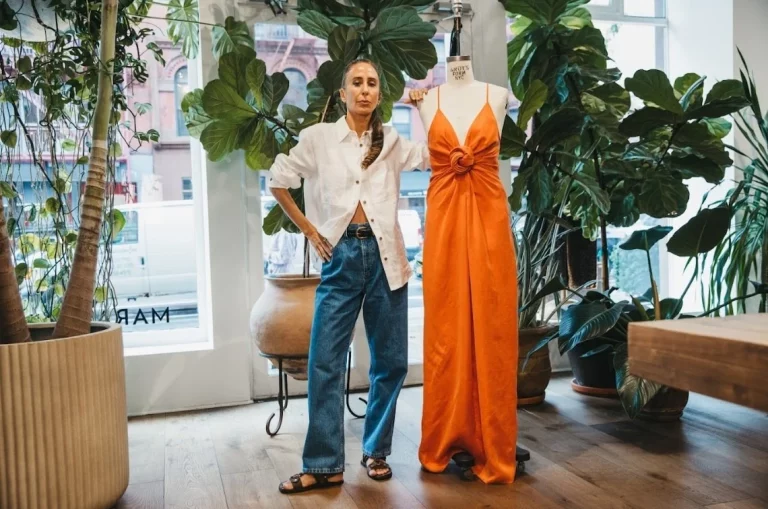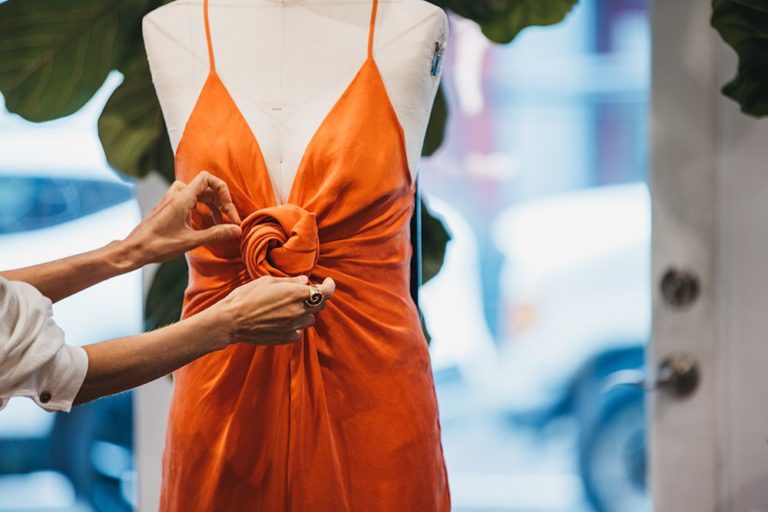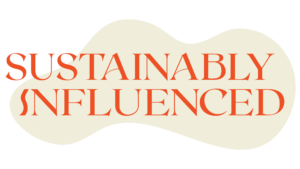Can Circular Fashion Be Beautiful?
Bianca Foley
The fashion industry has long been associated with glamour, creativity, and self-expression. However, in recent years, there has been a growing awareness of the environmental and ethical implications of fast fashion. As a response to this, the concept of circular fashion has gained momentum, promoting sustainability and ethical practices in the industry. But can circular fashion be beautiful? In this article, we’ll explore the historical perceptions of circular and ethical fashion, and highlight contemporary brands that exemplify the fusion of aesthetics and ethics.
Shying Away From The Past
Traditionally, fashion has been driven by trends and consumer demand for new styles, leading to a “take, make, dispose” linear model. This linear approach has not only contributed to environmental degradation but also raised ethical concerns regarding labour practices in the production of inexpensive garments. In recent years, however, there has been a paradigm shift toward circular fashion, an approach that emphasises recycling, reusing, and reducing waste in the industry.
Circular fashion challenges the notion that sustainability compromises aesthetics. Historically, ethical fashion was often associated with plain, unexciting designs, as the emphasis was primarily on eco-friendly materials and fair labour practices rather than high-end aesthetics. However, this perception is changing as more designers and brands prioritise both beauty and sustainability in their creations.

Where Style Meets Circularity
One brand that exemplifies the marriage of beauty and sustainability is New York designer, Mara Hoffman.. Known for her vibrant prints and bold designs, Hoffman has become a pioneer in the sustainable fashion movement. Her commitment to ethical practices and environmental responsibility is evident in her use of eco-friendly materials, ethical manufacturing processes, and transparent supply chains.
Mara Hoffman’s collections showcase that circular fashion can indeed be beautiful. The designer recently partnered with technology company Circ, to launch a gown designed using lyocell derived from 50 percent recycled textile waste. At the end of its life it can be sent back to Circ to be recycled into completely new garments.
This dress stands for everything that the fast fashion industry isn’t. It represents longevity, conscious production and consumerism and has been dubbed “the most sustainable dress yet” (pictured) by Vogue Business.
In addition to Mara Hoffman, numerous other brands have emerged as champions of circular fashion. Stella McCartney, for instance, has been a pioneer in sustainable luxury fashion, incorporating cruelty-free materials and ethical production methods into her designs. There are a growing number of contemporary and independent brands combining style and sustainability, using deadstock fabrics and environmentally friendly practices to create fashion-forward pieces, growing in popularity with consumers.

Supporting A Circular Future
The shift towards circular fashion is not merely a trend; it is supported by compelling data. According to a report by the Ellen MacArthur Foundation, transitioning to a circular fashion economy could result in a reduction of carbon emissions by 52% and water usage by 58%. Additionally, a study by McKinsey & Company found that implementing circular practices, such as recycling and extending the life of garments, could add $500 billion to the fashion industry’s value.
The question of whether circular fashion can be beautiful has a resounding yes. The evolution of the fashion industry toward sustainability and ethical practices demonstrates that beauty and responsibility can coexist. Contemporary brands like Mara Hoffman and Stella McCartney are setting a new standard for fashion that embraces both aesthetics and ethics. As consumers become more conscious of the impact of their choices, the demand for beautiful, circular fashion is likely to grow, encouraging further innovation in the industry and reshaping our perception of what truly constitutes “fashionable”.
Share This Story
Related Posts

Is Your Home Making You Sick? Why It’s Time to Reset Your Cleaning Routine
Is Your Home Making You Sick? Why It’s Time to Reset Your Cleaning Routine How indoor air pollution and toxic products are harming your health

Did ChatGPT Play a Role in Fueling California’s Wildfires?
Did ChatGPT Play a Role in Fuelling California’s Wildfires? Alice Hartwell Credit: Unsplash Early 2025 headlines were dominated by the devastating wildfires that swept through

Is Outlet Shopping Actually Sustainable? Let’s Discuss
Is Outlet Shopping Actually Sustainable? Bianca Foley Outlet shopping and discount designer stores have long been the ultimate fashion treasure hunt—scoring past-season gems at a

Sustainable Bakeries to Visit in the UK
(Image credit: Mix Interiors) Sustainable Bakeries to Visit in the UK There’s nothing more comforting than indulging in freshly baked goods. But what if you
